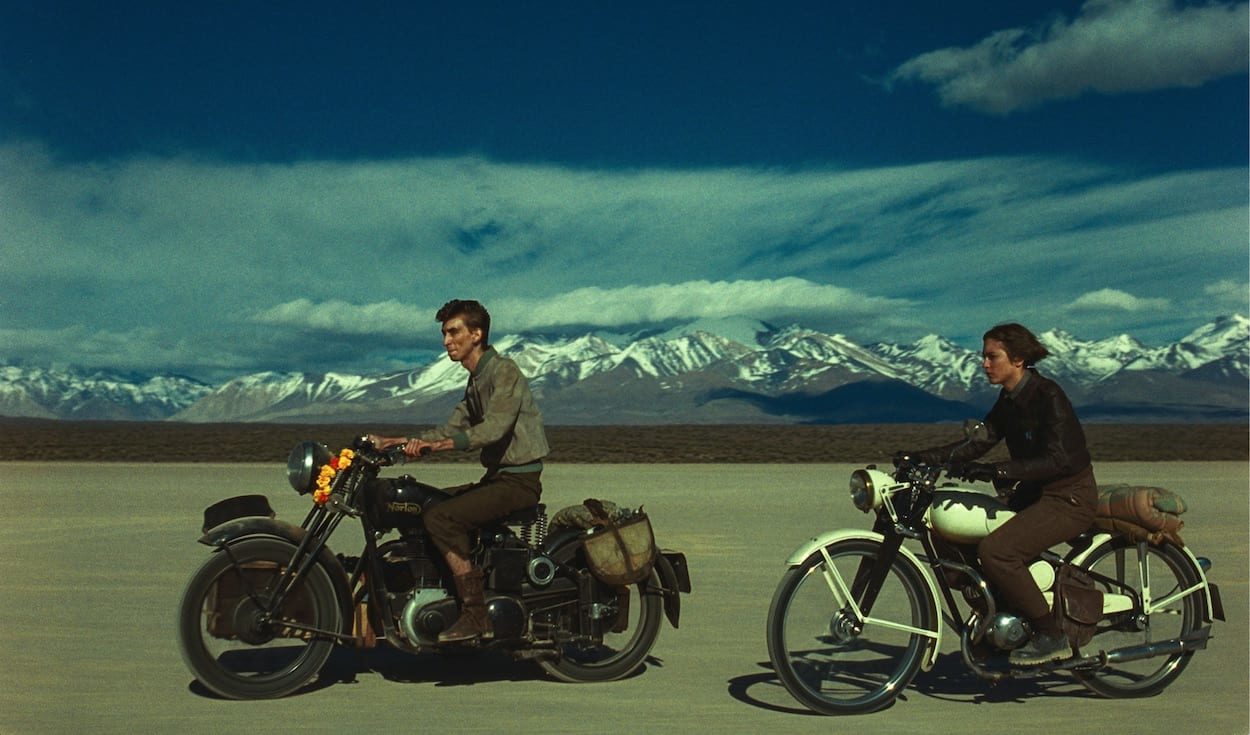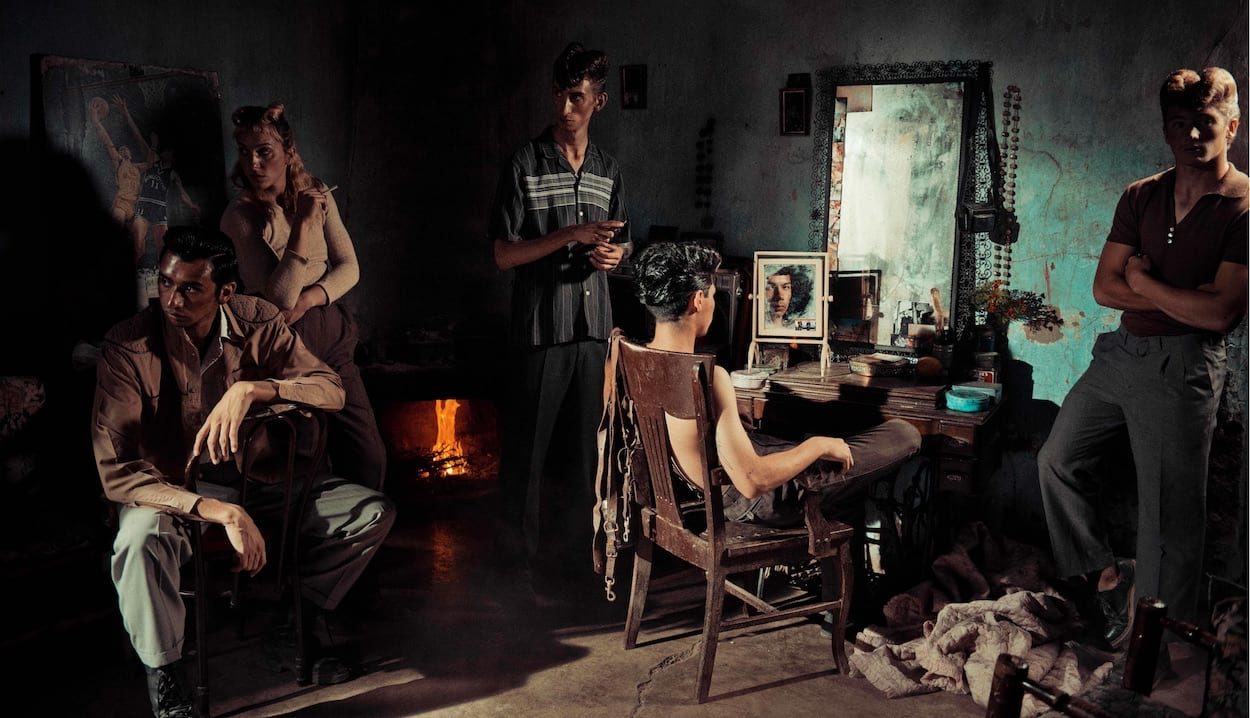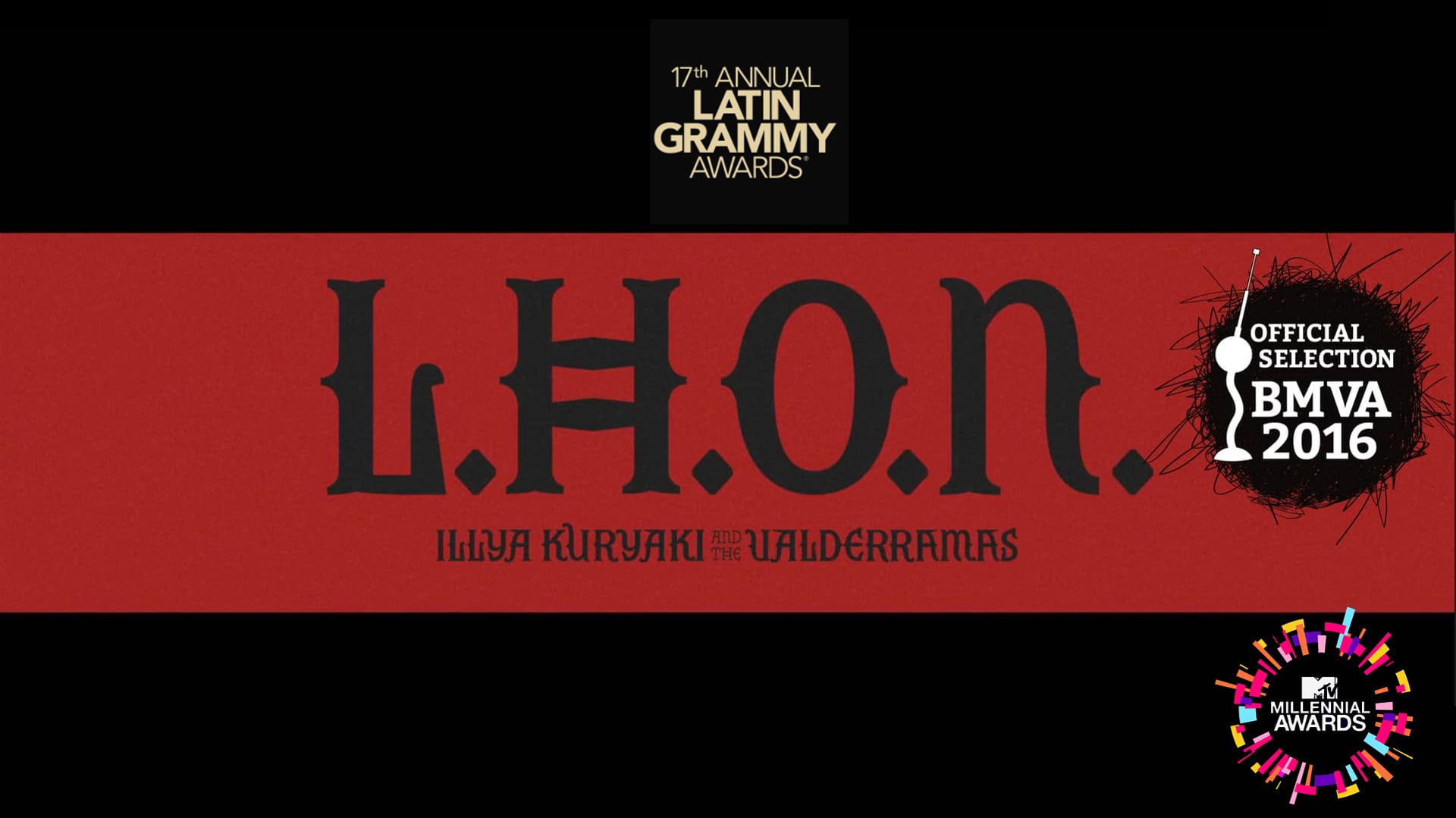How did the collaboration for “You Are Not Alone” between Parisian-based producer-composer Agoria (Sebastien Devaud) and you as the director, based in Argentina, come about?
The collaboration was thanks to the French producer Ahlem Roubin. She introduced us because Agoria had been struck by the Gallo Negro video with which I won the Latin Grammy for the best video in 2016.
What were the initial conversations about between you and Agoria, and how did the narrative evolve?
From the beginning, Agoria gave me complete freedom and confidence to build a universe from his beautiful song. He did not want to influence me in my creative process. The musical harmony and the lyrics woke me up with nostalgia and hope and the restlessness of wanting to tell the story of a funerary ritual but in a way that has not been told before. From there I built a syncretism between the universe of an urban gang and a desert landscape. The concept of death and love is universal and timeless, so it is not so much history but how that story is told.
The landscape plays a key part in the narrative – were you familiar with these locations or did you have to scout for them?
The desert and the mountain are symbols that are linked to transcendence, and death, however I feel that the wind that inhabits these territories murmurs the secret of life. It is life waiting, the life that observes itself in all things. This living but silent nature was essential to create the universe of our characters.
On the other hand, these locations have a very powerful energy load since they were witness to Latin American historical processes in the 19th century such as the crossing of the Andes mountain range by San Martin in post of the liberation of Chile and Peru from the Spanish empire and further back in time, they were sacred Inca areas, since these mountains were part of Tihuantisuyu.
All this energy that is still felt, makes you take perspective at the time of filming. There is a kind of responsibility and gratitude when it comes to turning on the camera.
The main location we scouted was La Pampa del Leoncito, which is that kind of plain where motorcycles ride. Nearby there is a historic town called Barreal that still impeccably maintains the houses made with adobe technique and gave us everything that concerns the world of Argentine gauchos.
The production company Mama Hungara had the idea and was responsible for us shooting in these incredible locations.
What’s with the Teddy Boy-style hair styles? Were they symbolic of the group belonging to a subculture?
To be honest, I discovered the Teddy Boys through a French photographer named Gil Rigoulet who has a series of French Teddy Boys in Evreux, France in the 80s. When I saw these characters I was fascinated with their aesthetic culture, and I found it interesting to translate this same concept but in a rural area of Argentina.
Studying the counterculture limited to a small country village allows you to develop new and original edges and to have a contrast of idiosyncrasies with the Gauchos. In our story, this gang creates its translated version of what it observes from the outside, perhaps from some newspaper article of the Teddy Boys, or from a photo of Japanese imitating Elvis.
These second-hand translations have always struck me. Through the limitations new styles are generated and I think there is something of all this in the video both in the story and in the filmmaking process itself.
There’s a beautiful colour palette and lighting throughout the film. Please tell us how you achieved this and what camera kit you used.
I almost always film with the same team of talented friends, our intention was to excel in technical issues, personally, I have never filmed in 35mm before.
The biggest impulse was from the talented and enthusiastic DOP Mariano Monti who harangued us despite all the uncomfortable production difficulties that the shooting had. Filming in the desert with winds of up to 100km/h with antique bikes in 35mm was very risky for a first experience, but we all knew at the same time, that we had a powerful story that deserved our confidence that everything would turn out positively.
For all the concentration that requires filming in 35mm film and because of the gaucho universe we wanted to adapt the framing and camera movements in the style of old Argentine directors like Leonardo Favio, Torre Nilsson and Luis Saslavsky.
Another important decision was to frame in 4:3 format and this has a lot to do with the architecture of the adobe houses in which we shot and in the old photographic frames we wanted to achieve.
We filmed with an ARRI 235 camera loaded with FUJI Eterna 500 and with classic Ultra Prime lenses. The development was done in Kodak, Atlanta. USES.
On the other hand I think the video and the color palette also has to do with the Set Design of Cornas Cavia (who co-directed with me) and the costume design of the very talented Sol Canievsky.
What were the main challenges of the production and how did you resolve them?
The most difficult thing for me was that the video does not feel pretentious, that it has a simple and even almost innocent energy. And I think that all the steps that we were taking at a productive level were in post of this. Although the difficulties were many and very serious, we were able to deal with them well. If I have to choose a greater difficulty at a productive level I think it was working with bikes from the 50s in the desert and filming them in 35mm, we had many problems.
In fact the whole tone and pace is dreamy compared to your much-acclaimed, faster-paced music video IKV Gallo Negro. Was the process for creating You Are Not Alone very different from your earlier piece?
Yes, it was completely different. While they share the gang universe, Gallo Negro breathes a disillusionment of humanity and a resistance to the end of the world, in which the creative process consisted in building the ecosystem so that the environment unfolds naturally, while Agoria on a creative level is more romantic and complex, it has more contradictory emotions and at the same time is more adult, there is a search for transcendence that ends up giving a new life, a new beginning.
Is there anything else you’d like to add?
I want to take this opportunity to emphasize that the filming process is always a team work in which it takes a lot of humility, effort and confidence to be able to achieve good results. I am very grateful for all the talented people who gave and participated in a loving way in this video. And a special mention to the great Agoria who gave us total freedom to create this humble story.
LINKS
More work here
















